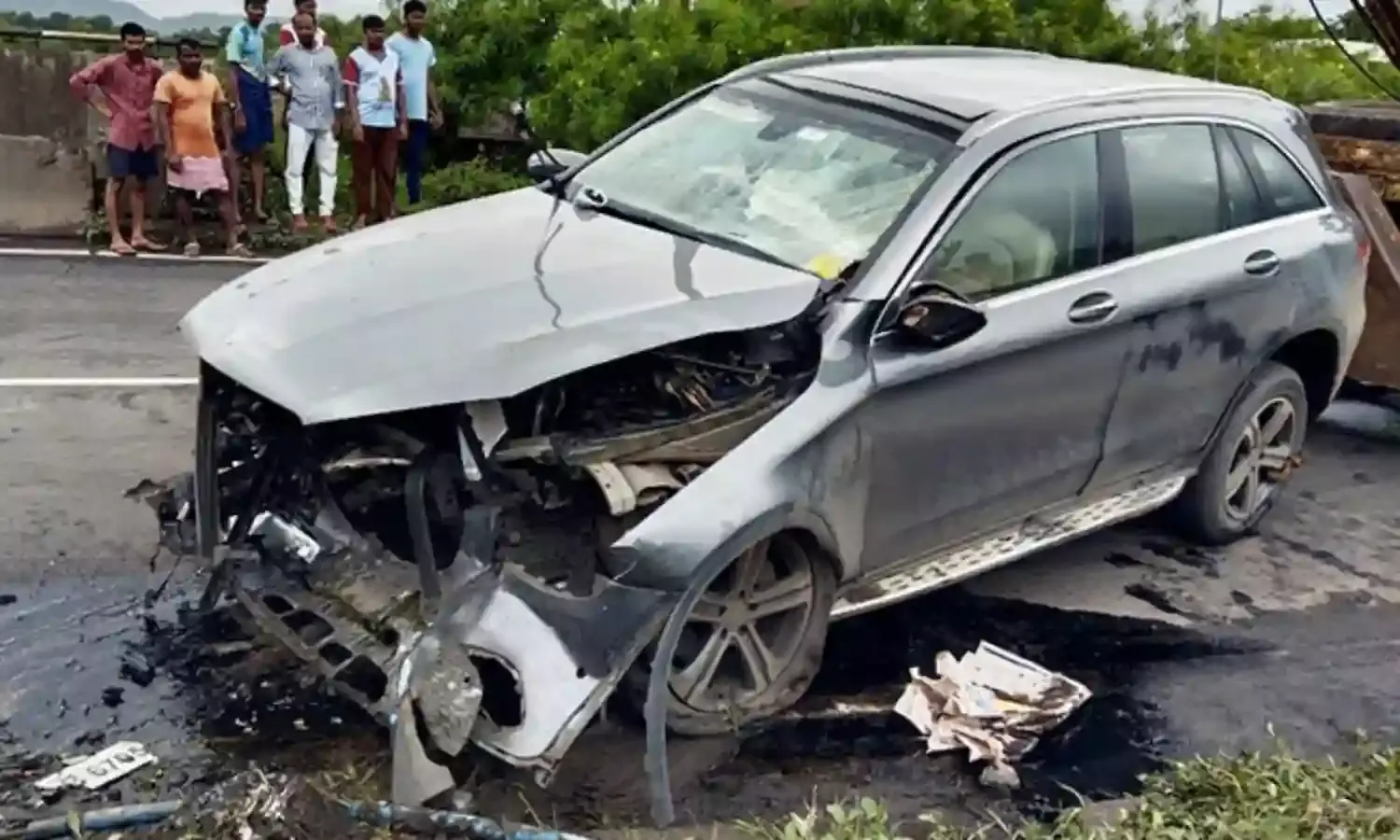Low on the Highway
Road-travel can be a dangerous adventure sport in India

The recent death of a celebrity has jolted the entire transport eco-system to look at the perils of highway travel. In due course, this will become another statistic and business will continue as usual. Cars will zip way beyond speed limits, road rage will peak and the perennial construction will make road-travel an adventure sport in India.
Much has been said this time about poor engineering design of roads which makes driving an unpredictable experience. This, latched onto poor road culture and civic sense, makes road traffic accidents a major contributor to non-communicable morbidity.
Most structural innovations have an initial phase of great effectiveness followed by an eventual decline. This is true for the flyovers that crisscross our cities and highways that interconnect them. Both have been good urban development solutions, but whose functional half-lives have been shortened by poor road and rules management.
Today, most interstate highways meant to be rapid-transit passages are anything but that. Studded with toll-gates, barricades, road-repair breaches and uncivilised drivers, highways have turned out to be contradictions to their original purpose – of safe, spacious and speedy travel.
India can boast of some of the best structural roadways built by brilliant engineering firms and National Highways Authority of India (NHAI), but have gradually been rendered ineffective by a combination of poor civic sense and low maintenance. Interstate road travel is now a nightmarish experience for most commuters , because of multifactorial reasons.
Triple-lane highways are designed to restrict heavy vehicles to the innermost lane and allow fast moving vehicles to overtake on the outermost lane. It is anything but that. It is now common practice for long and heavy vehicles to simultaneously occupy all three lanes, preventing the needed give-way to smaller and faster vehicles behind.
The resulting backlog gravitates at the next toll-gate where one could be delayed by up to 15 minutes. Outer lane jamming forces commuters into rapid and risky left-sided overtaking. It is only by luck that smaller cars escape a hit. But does this have to be the default practice, one wonders.
Two and four-wheelers coming from the reverse direction on median-divided inner-city roads are no longer an aberration. There seems to be no check on this violation. This practice has now spilled over to the highways with service roads on either side. Switching on the head-lights seems to give them sanction to move recklessly in the wrong direction.
Ironically, the onus appears to be on the regular vehicles to dodge and get through, often getting abused by the rule-breakers. Service roads, however narrow, have become bidirectional as a cause and effect of this affinity to take short cuts.
Add to all this, are the cattle who casually stroll through the gaps and squat on the highways, closer to city limit borders. Periodic and unlawful breakage of medians and fences facilitate the entry and exit of people and animals, making the highways most unpredictable in terms of safety.
Barricades at median-gaps do offer protection, but are often inconspicuous because of the faded reflector strips. Left-sided overtaking is now a routine practice of rash drivers who leave the slower drivers gasping and sighing.
One has no clue what the speed limits are when they zip past at 140 kms/hr. Highway driving is now a high adrenaline adventure similar to bungee jumping.
Fast-Tags which made a significant initial reduction in waiting time at toll-gates have ceased to do what their name suggests. The queue of heavy vehicles that squeeze through these gates leaves a trail of cars piled-up behind.
There seems to be no effective method to divert non-tag vehicles whose cash transactions only prolong the delay. Occasionally , the back-log overflow is allowed to go through an open gate without the tag activation. A smart and sensible crisis management, but at some cost to the NHAI.
Speed-breakers have a mind of their own. Many are not visible to the drivers' eyes because of faded paint. The rubber ones are jerky and injurious to the tires. The multiple ones can only rattle the vehicle like a drum roll in a rock song.
Yes, they are needed, but the roadway experts need to put some method into the madness. Speed does not seem to be broken, your back does.
What plagues the highway ecosystem is the perennial demand-capacity mismatch. By the time a highway is ready, the vehicle load has outgrown it exponentially. There are two distinct changes that have worsened the highway experience.
The surge in heavy vehicles, especially long trailers and JCBs has significantly slowed the transit. The cancerous growth in four wheeler numbers far outstrips the through-put capacity of the roads. Toll gates are inadequate and inefficient.
Traffic signals and round-abouts do not apply quantitative management principles. Lane discipline has been given the go-by, by the conspicuous absence of traffic enforcement personnel.
Few things must happen as India enlarges its road network to become the road-transport model of the world. Civic sense must become a mandatory part of our road culture, which must be strictly monitored by digital techniques.
The vehicle-demand vs road-capacity equation must be constantly monitored to control and balance highway traffic. Long and heavy vehicles must have dedicated pathways that do not obstruct the larger number of smaller vehicles. Toll gates must be replaced with an over-the-top sensor system. Speed violations must be flagged against driving licences and followed up with heavy penalties.
Building more highways may not be the way forward given their time-boundedness. It may be more prudent to optimise the throughput by instilling road and lane discipline. There is some logic, after all, in what Billy Joel sang many years ago "Slow down you move too fast, you got to make the morning last… looking for fun and feeling groovy"
Dr Sunil Chandy is the Chief Medical Officer at ITC



